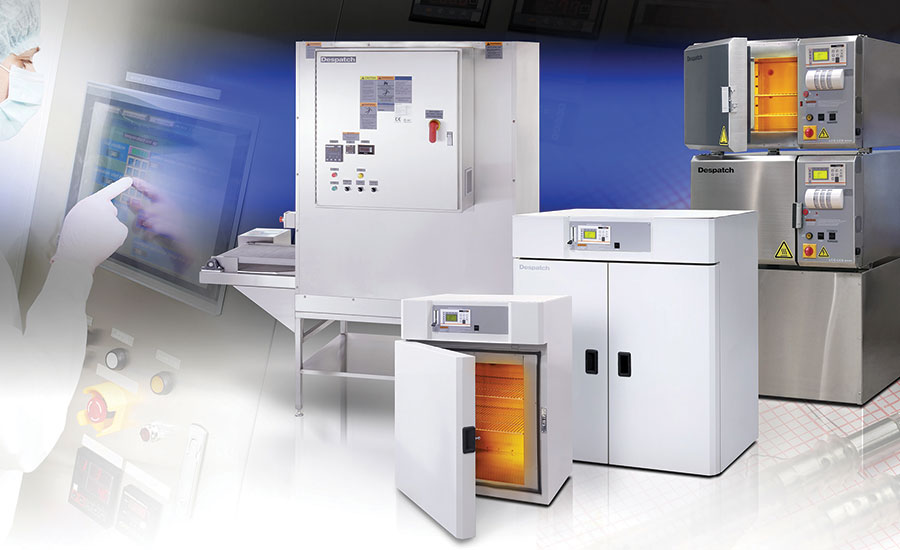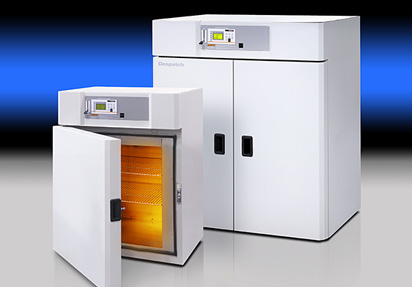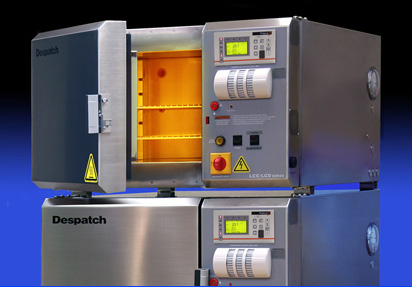Polymer research helps develop materials and products that touch our lives. Teflon-coated cookware, optical fibers, silicone heart valves, shoe soles, contact lenses, and polymer solar cells are just some of the everyday products unearthed in polymer research. Spearheading the success of polymer research are high-temperature lab ovens.
These lab ovens accelerate polymer discoveries by enabling researchers to manipulate polymers under controlled and elevated temperatures. Specific ways researchers use lab ovens in polymer research include polymerization, thermal analysis, processing, curing, drying, cross-linking, materials testing, and thermal characterization.
Materials created with the help of high-temperature lab ovens often provide critical production features, like versatility, flexibility, strength, conductivity, and cost-effectiveness. These materials developed this way are ideal for various applications in the textile, packaging, energy, electronics, manufacturing, transportation, food, and medical and healthcare industries, among others.
Benefits of High-Temperature Lab Ovens
The benefits of high-temperature lab ovens far outweigh their costs. In addition to providing faster processing time and improved process control, lab ovens lower energy consumption, deliver reliable performance, increase efficiency and productivity, provide precise temperature control, and deliver uniform heating distribution;
Below are typical ways lab ovens accelerate polymer research:
- Speed production processes like reactions, curing, baking, and drying, leading to quicker results and shorter turnaround times
- Generate repeat experimentations faster and more efficiently, letting researchers explore more possibilities and optimize research
- Eliminate pre-heating and slow heating steps, saving time in experiments and increasing processing
- Unlock unique polymer properties, enabling researchers to develop new materials with superior strength, heat resistance, or other desired characteristics
- Promote new chemical reactions and processes, driving unexpected discoveries and innovative methods for material synthesis, processing, or modification
High-temperature lab ovens are also well-suited for testing materials and products under simulated real-world conditions. That boosts performance predictions and uncovers potential failure points. Some lab ovens have large capacities or multiple chambers, allowing researchers to run multiple experiments simultaneously.
Real-World Applications of Lab Ovens in Polymer Research
High-temperature lab ovens, like Despatch’s LAC High-Performance Benchtop Oven and LCC/LCD Clean Process Lab Oven, can be tailored to an application’s production demands and research requirements, such as adding specific features or modifying chamber configurations. These features drive real-world application development.
Examples of real-world applications of high-temperature lab ovens include:
- Developing high-performance polymers for aerospace applications
Researchers at NASA use high-temperature lab ovens to cure and test novel high-temperature polymers for aircraft components, engine parts, and heat shields. These materials have to withstand the extreme temperatures and harsh environments encountered during hypersonic flight and space missions - Creating biocompatible polymers for medical devices
Biomaterial researchers use high-temperature ovens to sterilize and process polymers for medical implants and devices. The lab ovens enable them to control the temperature and atmosphere within the oven’s chamber precisely to ensure sterility and maintain the polymer’s desired properties. - Exploring new materials for energy storage
Scientists employ high-temperature lab ovens to develop new polymers for energy storage applications, such as batteries and supercapacitors. These materials must be stable and efficient at high temperatures to maximize the battery’s ability to store energy and increase lifespan. - Designing self-healing and repairable polymers
Researchers are using high-temperature ovens to develop polymers with self-healing and repairable properties. These materials can automatically repair minor damage to themselves when exposed to heat. That can extend their lifetime, reduce waste, and save time and money. - Understanding polymer degradation under extreme conditions
Researchers utilize high-temperature ovens to simulate harsh environments and study how polymers degrade under extreme heat, radiation, or chemical exposure. Employing lab ovens this way helps researchers predict a material’s long-term performance and create strategies to improve its durability and resist degradation.
Recent Innovations in High-Temperature Lab Ovens
Manufacturers of high-temperature lab ovens are always adding new features to ovens or finding new technologies to help users better meet the demands of polymer research. Recent advancements in lab oven technology include:
- Enhanced temperature control and heat uniformity capabilities, including improved heating elements, advanced PID controllers, and multi-zone heating
- Specialized atmosphere and gas control capabilities, such as inert gas and vacuum capabilities, and more precise flow
- Advanced data acquisition and monitoring features, like Integrated sensors and data logging, remote monitoring and control, and data visualization and analysis tools
- Improved material handling and safety features, including automated sample loading and unloading features and better remote manipulation tools
- Increased energy efficiency and sustainability like Improved insulation, energy-efficient heating elements, and sustainable materials and manufacturing
Advancements like these underscore the innovations manufacturers are generating in high-temperature lab oven technology and boost the value of lab ovens in polymer research. For example, Despatch’s high-temperature lab ovens, particularly the LAC series, boast several features that increase performance and user experience, including improved temperature uniformity, enhanced data logging and connectivity, and advanced control systems.
Critical Factors When Selecting a High-Temperature Lab Oven
- Chamber size
- Heating uniformity
- Heating and cooling rates
- Atmosphere controls
- Stainless steel construction
- Energy consumption and efficiency
- Multiple sizes/configurations
High-temperature laboratory ovens play a pivotal role in polymer research. They help researchers develop innovative materials with numerous manufacturing benefits, such as accuracy, versatility, uniform heating distribution, and precise temperature control. Materials with these benefits can help manufacturers boost the performance of their products and increase their competitiveness.
More importantly, high-temperature lab ovens accelerate polymer research by enabling users to manipulate polymers under controlled and elevated temperatures. Plus, they provide faster processing, improved process control, and increased experimentations. Working closely with a manufacturer can help researchers customize lab ovens that not only fit their needs but also push the boundaries of polymer science, and help them develop innovative materials with remarkable properties.








